padraig
TPF Noob!
- Joined
- Oct 16, 2009
- Messages
- 2
- Reaction score
- 0
- Location
- New Zealand
- Can others edit my Photos
- Photos OK to edit
can somebody please help me as i have been trying to get my camera (fujifilm s200exr) to take .RAW shots and i know it has the capability.
but on the side it has a button for continuous shots and has
* top 6 (raw 3)
*last 6 (raw 3)
*top 24
*last 24
does anyone know how i can get my camera to take RAW format shots and what the listed options do?
cheers
patrick
but on the side it has a button for continuous shots and has
* top 6 (raw 3)
*last 6 (raw 3)
*top 24
*last 24
does anyone know how i can get my camera to take RAW format shots and what the listed options do?
cheers
patrick



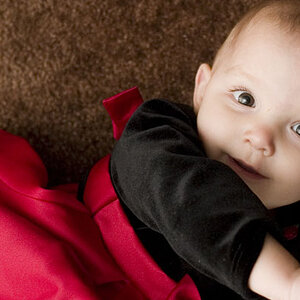
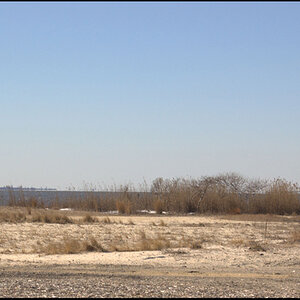
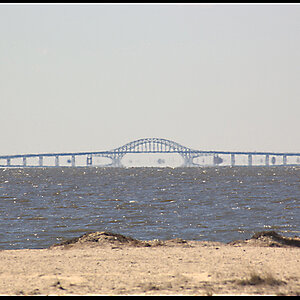

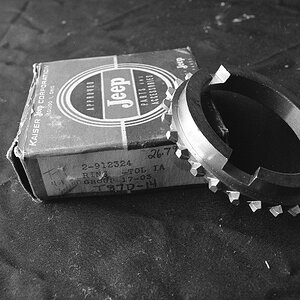
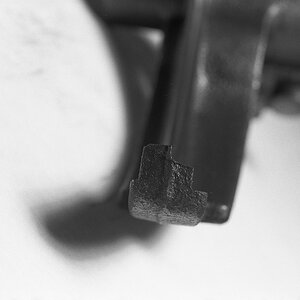


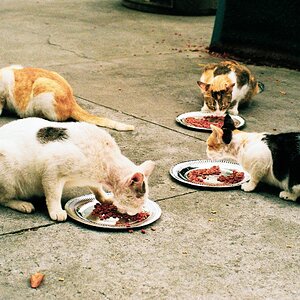

![[No title]](/data/xfmg/thumbnail/36/36301-27972c0474532c2ef657014362950733.jpg?1619737495)